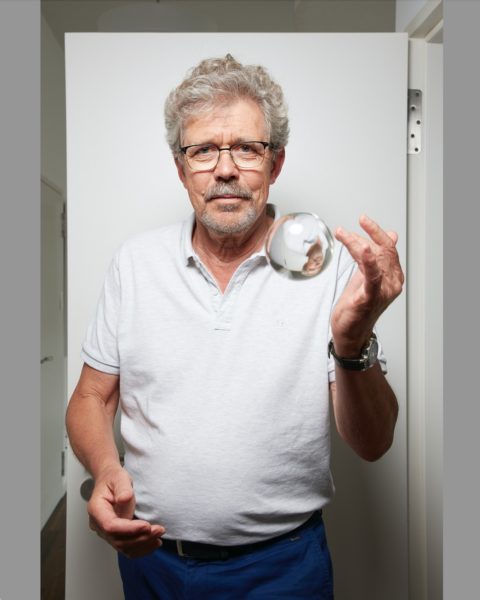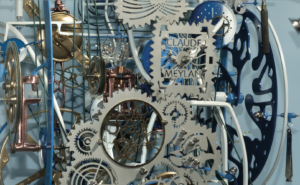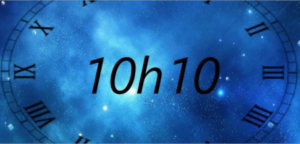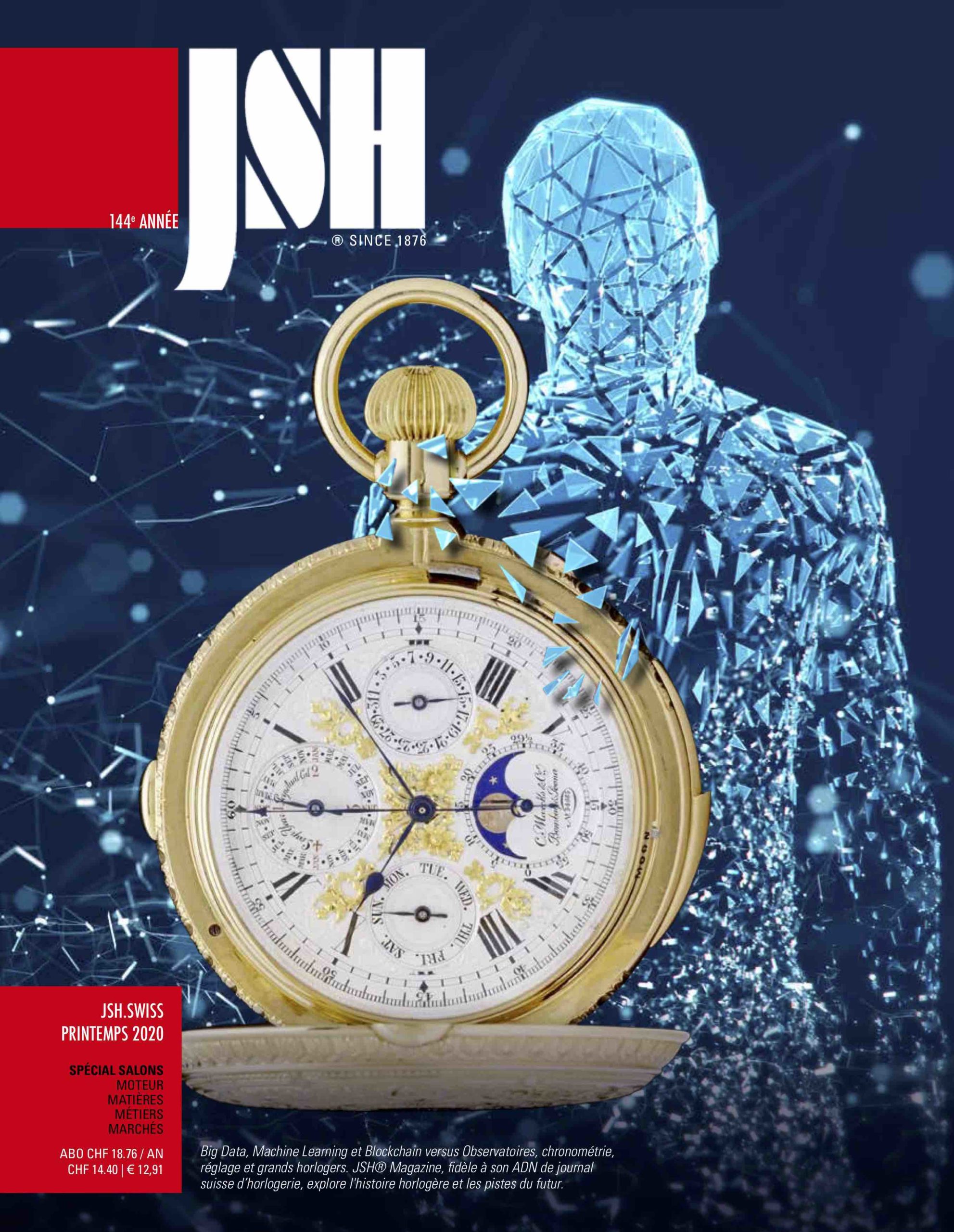Have a good Ramadan to our Muslim friends around the world, from April 1 to May 1! So why is the date different every year? Jean-Marc Wiederrecht, maestro of horological complications, is exploring perpetual times. An article from the JSH Magazine.
Joël A. Grandjean, JSH Magazine & Swiss-Watch-Passport.ch Editor in Chief
Follow us on Linkedin – Facebook – Insta JSH – Insta SWP – S’abonner à JSH
This article from the Swiss watchmaking journal JSH provides the answer to the question of Ramadan, which occurs on different dates each year. Above all, from the point of view of the horological complications linked to perpetual calendars, it is a matter of magic, mathematics and faraway civilizations. In fact, if the Gregorian calendar offers the advantage of being widely used on the planet for business reasons, it is far from fitting other cultures that have been able to juggle the universal calendar with its religious pendant.
A journey into a cosmopolitan world
Jean-Marc Wiederrecht, the ultimate watchmaker, takes us on a journey through a galaxy of civilizations that have adopted the Gregorian calendar while keeping their own specific religious almanac. He had already, thanks to his company Agenhor, which he has just handed over to his two children, Nicolas and Laurent, been able to achieve poetic complications resulting from his pioneering mastery of the complexities of the retrograde function.
When a Swiss watch is sold around the world, it is in the name of a commonly accepted time. And when it displays additional calendar functions, it achieves a particularly high degree of complexity. This is called a perpetual calendar and master complication when watchmakers are able to design a micromechanical mechanism with a component that makes one revolution in four years so that it can control the advance of February 29th in leap years without having to make manual adjustments. And if we go even further in the temperance of adjustments and catching up imposed by the irregularity of our planet’s march, we speak of a secular calendar.
At Agenhor, this complication is of course part of the mastery that contributes to its reputation as well as to the aura of its founder watchmaker, Jean-Marc Wiederrecht. Since 2017, the latter has been the holder of a “Nobel de l’Horlogerie”, namely the Gaïa prize. This frequent winner of watchmaking awards has just passed the torch to his two sons Nicolas and Laurent. Proof that the Wiederrechts are not only known for having created the AgenGraphe, an inspired reinvention of the Chronograph, or for having tamed, often for Hermès, the mechanical memories of calibres that have been deliberately put on pause. Now they are tackling one of the most erudite conjugations of timekeeping, the perpetual calendars of other Persian, Arab and Indian cultures. As for the Japanese and Hebrew calendars, they will soon be revealed, as a result of research still in progress…
The Hegirian calendar, a puzzle and a world first
On the agenda of these mathematical-temporal jousts, there is, of course, that other logic based on the same observation of the stars, the time accounting according to the Hegira or Islamic calendar. According to Wikipedia, “it is a non-solar synodic lunar calendar, based on a year of 12 lunar months of 29 to 30 days each.” A Hegira year has 354 or 355 days. It is therefore shorter than the solar year by about 11 days. It is easy to understand why the month of Ramadan never falls at the same time! This month, which is sacred to the 1.6 billion Muslims, is advanced by ten days each year. Ramadan, etymologically, means having a taste of embers in the mouth. And for good reason, at the beginning of the Koranic revelation in Mecca, Ramadan systematically took place during the period of strong heat, in August. It was only years later that the lunar calendar was adopted.
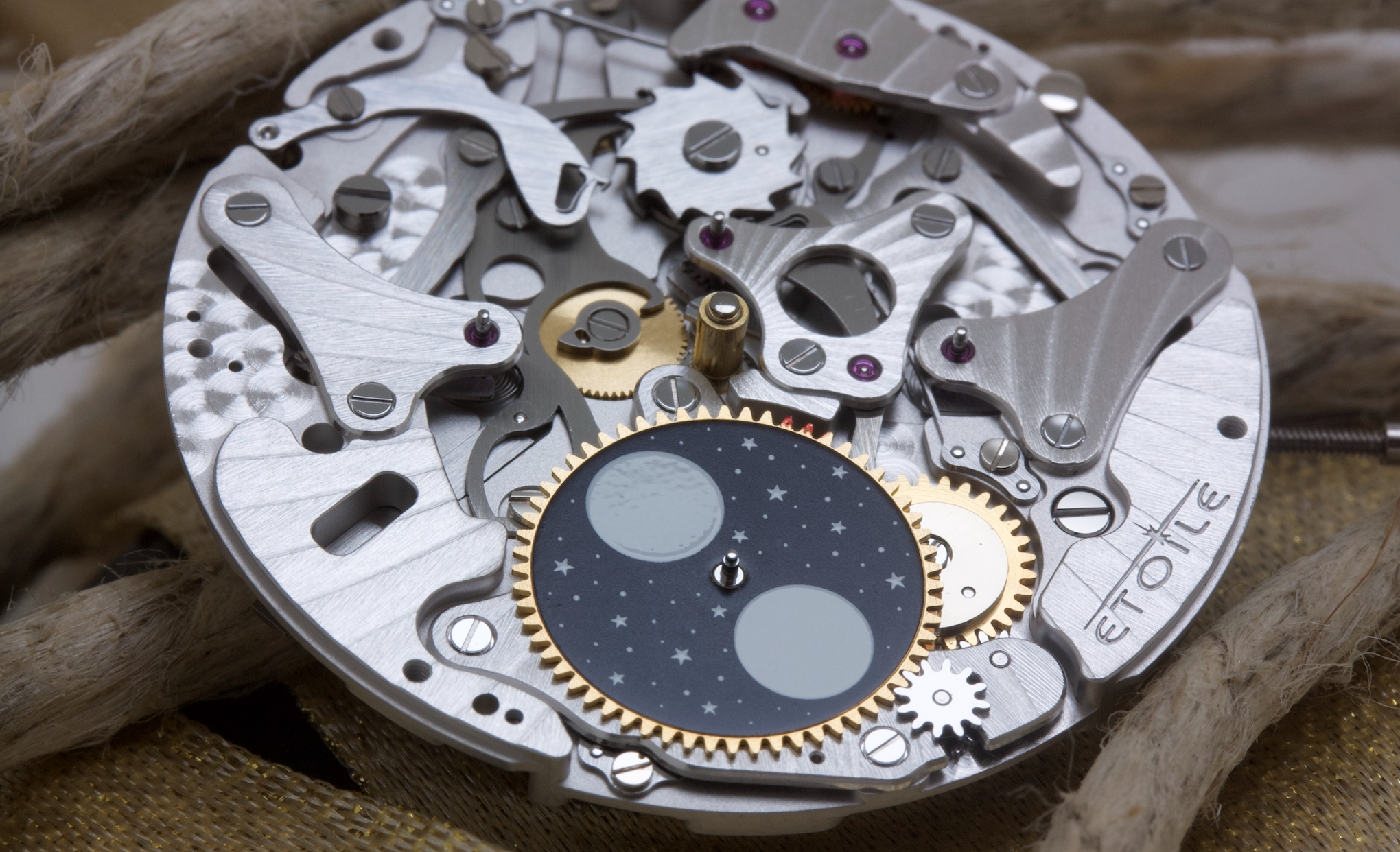
Journeys to the end of time on the modular route
The most stimulating aspect of this quest for precision, which goes beyond pure mathematics, is that it offers Agenhor’s watchmakers and timekeepers a wealth of stimulating travel experiences. Where culture and culture meet. And Jean-Marc Wiederrecht, faced with the call of the sea and the challenges of unsolved micromechanical enigmas, seems to be pushing back the boundaries of his retreat. To the point where, with his two sons, he is aiming for the ultimate complication, that of one day mastering a Chinese perpetual calendar, without the help, as already exists, of an online application that dictates to the user the 70 or so adjustments that he himself must make to his watch in twelve years.
To date, this challenge has never been solved, since Chinese civilisation is based on years of twelve lunar cycles with an extra month added every two to three years. This is to allow synchronisation with the solar cycle. As a result, a Chinese year can vary between 353 and 385 days. Agenhor will say no more.
Although capable of producing a calibre with an integrated perpetual calendar, Agenhor has for the moment opted for the modular route. The engine manufacturer is able to graft such a complication on any basic calibre. And thus to write some still unexplored pages of Swiss watchmaking that is going to meet distant, magical and profound cultures.





